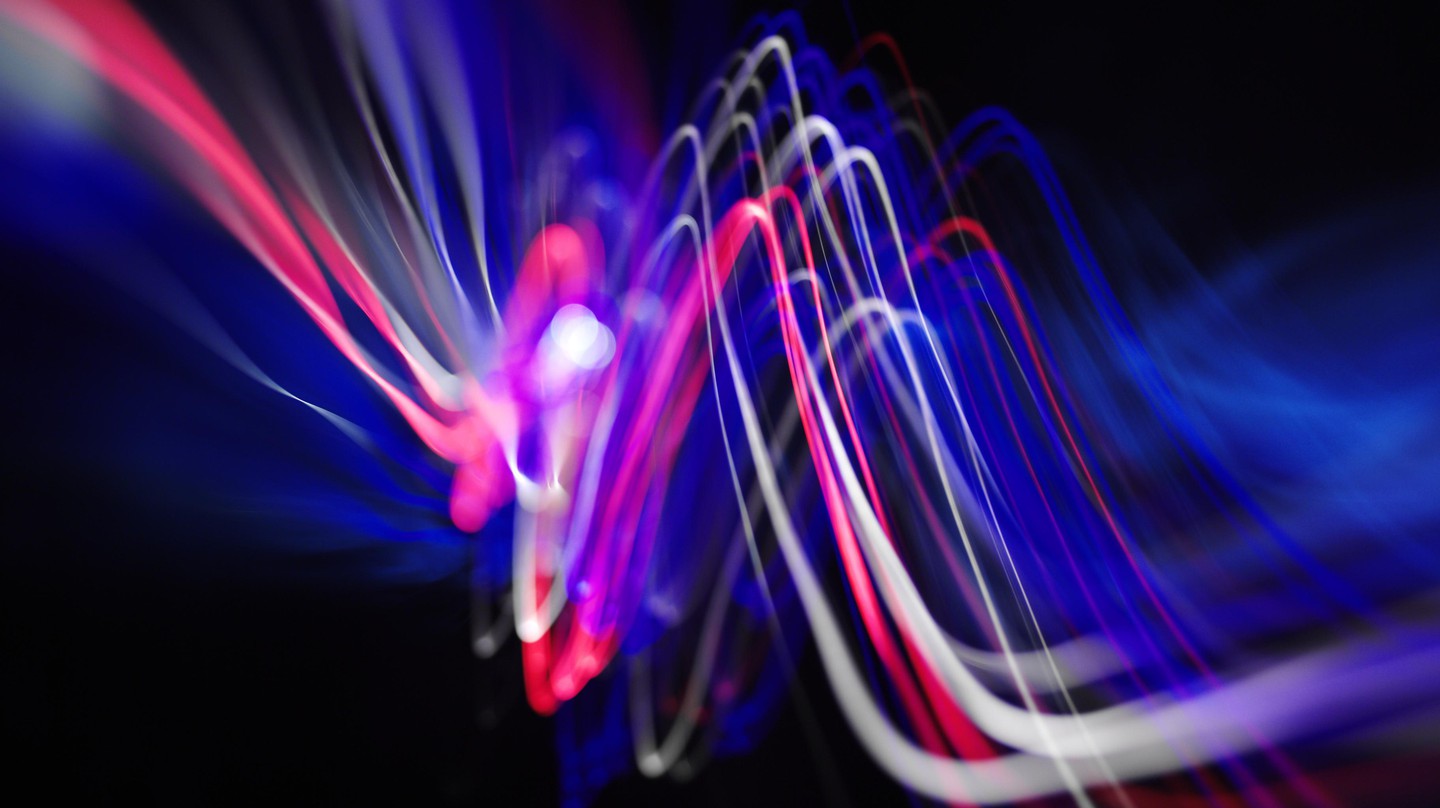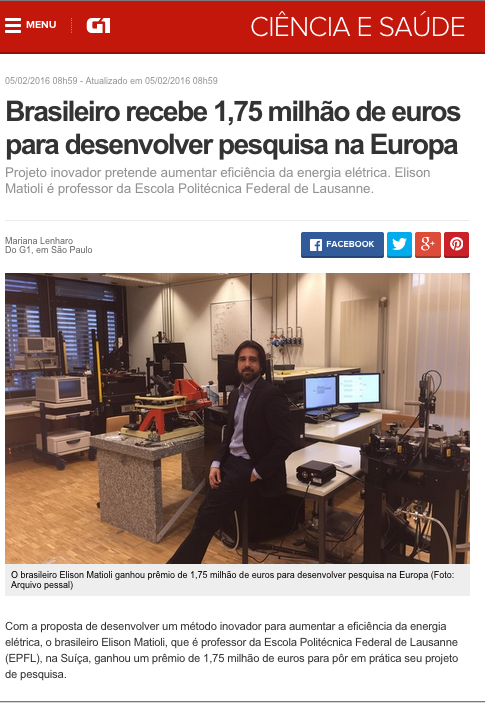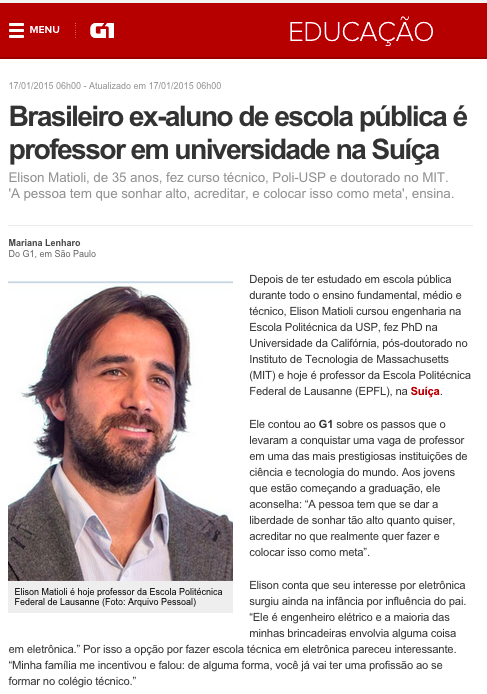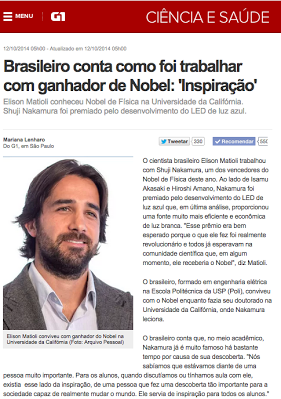March 2020 – Interview for Nature podcast
Ultra-fast electrical switches, and computing heart health
May. 2016 – Interview for Canal do Otario
Interview for a brazillian channel
(in portuguese) [link]
Embed of video is only possible from Mediaspace, Vimeo or Youtube
Oct. 2016 – European Union – Brussels
Research cooperation agreement signed between EU and Brazil

Interview for TV cultura – Brazil
(in portuguese) [link]
Embed of video is only possible from Mediaspace, Vimeo or Youtube
Feb. 2016 – Featured on Globo-G1
Brasileiro recebe 1.75 milhão de euros para desenvolver pesquisa na Europa
Interview for a brazillian channel
(in portuguese) [link]
Embed of video is only possible from Mediaspace, Vimeo or Youtube
Jan. 2015 – Featured on Globo-G1
Brasileiro ex-aluno de escola pública é professor em universidade na Suíça
Nov. 2014 – Seminar Escola Politecnica-USP
Seminar at Escola Politecnica
Universidade de Sao Paulo – Brazil
(in portuguese) [link]
Embed of video is only possible from Mediaspace, Vimeo or Youtube
Oct. 2014 – Featured on TV cultura/Univesptv
Interview for a brazillian TV channel
(in portuguese) [link]
Embed of video is only possible from Mediaspace, Vimeo or Youtube
Oct. 2014 – Featured on Globo-G1
Interview for Globo-G1 website – Brazil
(in portuguese) [link]
Previous news
(prior to EPFL)
Dec 2013 – 2012 IEEE Electron Devices Society George E. Smith Award
Our paper received the 2012 IEEE George Smith Award as the best paper published in IEEE Electron Device Letters in 2012
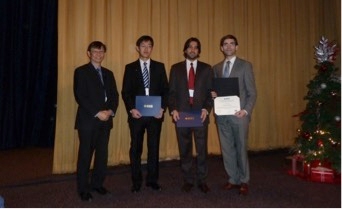
Aug 2012 – Nature Light: Science & Applications: Photonics: preferred orientations [link]
Researchers have designed a light-emitting diode (LED) that produces bright directional polarized blue light. The device, developed at the University of California at Santa Barbara in the USA by Elison Matioli and collaborators, is based on a variant of the semiconductor gallium nitride, grown on a specifically crystal direction that yields emission of polarized light. The researchers improved light extraction from the device by drilling aligned arrays of holes at precisely defined intervals into the substrate. This photonic crystal structure selectively enhances the emission of polarized light for particular emission angles by up to a factor of 1.8. High-brightness LEDs emitting polarized light are of interest for flat-screen displays, and also for household lighting because they minimize the glare from light reflections.
Feb 2012 – Semiconductor Today Magazine: Tri-gate applied to make normally-off nitride semiconductor transistors [link]
Massachusetts Institute of Technology (MIT) has applied tri-gate technology to create new normally-off nitride semiconductor transistors, increasing on/off current ratios to eight orders of magnitude and reducing the sub-threshold slope to 86mV/dec on average [Bin Lu et al, IEEE Electron Device Letters, published online 27 January 2012].
May 2011 – Compound Semiconductors Magazine: Nitride Cells Start Delivering High Efficiencies [link]
Reduced internal electric fields, rougher surfaces and the introduction of superlattices are helping to drive up the efficiencies of nitride solar cells compared to lasers, transistors and LEDs, solar cells based on nitrides tend to deliver poor performances. But these materials can yield efficient photovoltaics, according to research by both a pair of Japanese Universities and by a team led by the University of California, Santa Barbara (UCSB).
Mar 2011 – Semiconductor Today Magazine: Seeking to unlock wide-range potential of nitride photovoltaics [link]
Up to now, nitride semiconductor solar cells have only responded to the high-energy, short-wavelength end of the solar spectrum. Mike Cooke reports on recent attempts to extend this range.
Feb 2011 – LaserFocusWorld Magazine – Newsbreaks: Short-wavelength solar cells have high external quantum efficiency [link]
Indium gallium nitride (InGaN)-based semiconductors have large bandgaps, which has allowed the creation of ultraviolet and bright blue-emitting LEDs and lasers. However, a large bandgap can be a plus for use in detectors and solar cells as well, because they have a high response to short-wavelength light (down to 370 nm). Researchers at the University of California–Santa Barbara and the École Polytechnique (Palaiseau, France) have demonstrated InGaN/GaN solar cells that have an internal quantum efficiency as high as 97% and a peak external quantum efficiency (EQE) of 72%—the latter achieved by inducing a 41 nm (root mean square) surface roughness during fabrication…
Jan 2011 – Semiconductor Today Magazine: Nitride solar cell achieves peak EQE of 72% [link]
University of California Santa Barbara (UCSB) researchers have produced nitride semiconductor photovoltaic devices with external quantum efficiencies (EQE) of up to 72% [Elison Matioli et al, Appl. Phys. Lett., vol98, p021102, 2011]. One of the researchers, Claude Weisbuch, is also associated with Ecole Polytechnique in France…
Sep. 2010 – IOP Science: Could embedded photonic crystals be the way? Light-emitting diodes (LEDs) for high-efficiency solid-state lighting: [link]
High-efficiency LEDs are considered the best choice for future lighting due to their remarkable efficiency in transforming electricity into light. High-efficiency LEDs have only recently been demonstrated thanks to improvements in semiconducting GaN quality leading to better internal quantum efficiency, and to the implementation of high-efficiency light extraction concepts. The latter are made necessary by the fact that light is normally trapped inside the semiconductor by total internal reflection when it attempts to escape the LED. Recent advances in photonic crystals (PhCs) show that they could become the best technique to yield high-efficiency LEDs…
Aug 2010 – Nanotechweb Magazine – Lab talk: LEDs for high-efficiency solid-state lighting [link]
High-efficiency LEDs are considered the best choice for future lighting due to their remarkable efficiency in transforming electricity into light. High-efficiency LEDs have only recently been demonstrated thanks to improvements in semiconducting GaN quality leading to better internal quantum efficiency, and to the implementation of high-efficiency light extraction concepts. The latter are made necessary by the fact that light is normally trapped inside the semiconductor by total internal reflection when it attempts to escape the LED. Recent advances in photonic crystals (PhCs) show that they could become the best technique to yield high-efficiency LEDs…
Mar. 2010 – Photonics.com Magazine: Green Photonics [link]
Recent demonstration of an LED with an extraction efficiency of about 94 percent designed and fabricated by Dr. Elison Matioli and researchers from the University of California at Santa Barbara, Harvard University and Ecole Polytechnique in France. They showed that embedded two-dimensional photonic crystal LEDs present an enhanced directional light emission compared to nonphotonic crystal LEDs.
Feb. 2010 – Semiconductor International Magazine: LED’s at Photonics West – 94% of the Light Gets Out!
Academics and industrialists from all over the world provided a series of first class papers on LED’s at this years Photonics West in San Francisco. For me, the most impressive was a paper by Elison Matioli from UC Santa Barbara (UCSB) who reported a 94% extraction efficiency by burying a photonic crystal in a working LED.

